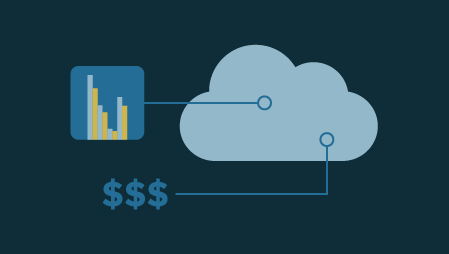Knowing your customer in the digital age
Want to know more about your customers? About their demographics, personal choices, and preferable buying journey? Who do you think is the best source for such insights? You’re right. The customer. But, in a fast-paced world, it is almost impossible to extract all relevant information about a customer through a survey or some other interviewing tool. Then, what’s the best way to get all this customer data?
Brands are realizing that customers tell you a lot about themselves when they visit your website and interact with different elements there. Similarly, every interaction that a prospective customer has with your brand – whether virtually or in-person – tells you something about your customer. That data in itself should be enough for your business to derive useful insights as well as predict customer behavior. But, what’s the challenge, then?
Poor customer data quality
Customer data is not captured by using a single tool, and hence, not stored centrally.
It is important to understand that customer data is not only generated at a single point in time. Rather, it is captured at various phases of a customer’s buying journey. Due to this decentralization, organizations eventually end up with poor customer data quality. The word poor here designates incomplete or inconsistent information.
Finding the human behind your customer records
“The ability to view the customer through a single lens enables critical measurement, optimization, efficiency, and personalized use cases.”
– Jason Niemi, Director Digital Engagements, Kraft Foods Group
A single customer view means having all data relating to a customer in one place. This involves consolidating data from a variety of sources (web and mobile analytics, transactional systems, CRMs, etc.), and ensuring that data belonging to the same individual is merged into a single record. Such efforts allow you to map customer journeys across channels and understand your customer behaviour better.
Data consolidated into identifiable customer information helps every business function, including marketing, data engineering, product management, etc.
How do you achieve a 360’ customer view?
There are different types of customer data that organizations track and store. Achieving a single customer view requires you to relate all these types of information together in such a way that all information regarding a customer is found in one place. The different types of customer data usually include:
- Device data that tells you the IP address or location of the user, and uniquely identifies them.
- Terrestrial data that tells a user’s personal contact information including name, email address, phone number, residential address, etc.
- Digital data about the user’s digital presence and interactions such as CTA clicks, webpage visits, resource downloads, etc.
Mapping out the customer journey with data matching
To map out the complete customer journey, you need to match the available data records and identify which records belong to the same entity.
Data matching starts by selecting unique identifiers in your records. If you have fields in your database that uniquely identify the records (such as Social Security Number, email address, IP address, etc.), then data matching could be pretty straightforward for you. But, in the absence of unique data values, you need to depend on the probability of the records being a match. If the match probability is high, then the records can be a confident match.
Probabilistic data matching takes a combination of fields and computes the probability of them being a match. Since they are not direct matches, you need complex matching techniques such as phonetic, numeric, or fuzzy matching.
Challenges of data matching for refining customer data
The biggest challenge encountered while matching customer data is poor data quality. The absence of data values, especially in unique data attributes, makes it impossible to map out customer journeys efficiently. Furthermore, when data fields are not formatted or standardized, the same data values can be considered as two different variations.
Another challenge encountered while matching customer data is computational complexity. This means that every record in a database must be matched with every other data record – in the same or different database. This requires you to perform matching on a system that can withstand this computational power.
Finally, probabilistic matching is more common while matching customer data. But, to ensure maximum accuracy of the probabilities computed, you need to tune the variables of the matching algorithms as accurate as possible. This accuracy will enable the least number of false positives in your matched results, and you won’t have to manually review and validate all matched/unmatched results.
Next generation data matching
Achieving a single customer view is a difficult challenge to tackle if you don’t have the right tool for it. Businesses employ different methods and techniques to overcome this challenge, but one of the most effective solutions out there is a self-service tool that automates the entire data quality process for you – starting from profiling, cleansing, and standardization, and going all the way to data matching, merging, and exporting.
Moreover, such a solution should offer a degree of personalization and customization, depending on the nature of the data. Being able to select the matching technique (exact, fuzzy, phonetic, etc.) as well as tune the matching algorithm depending on the nature of your data are some of the most needed features in order to achieve a reliable and accurate view of customer data.





